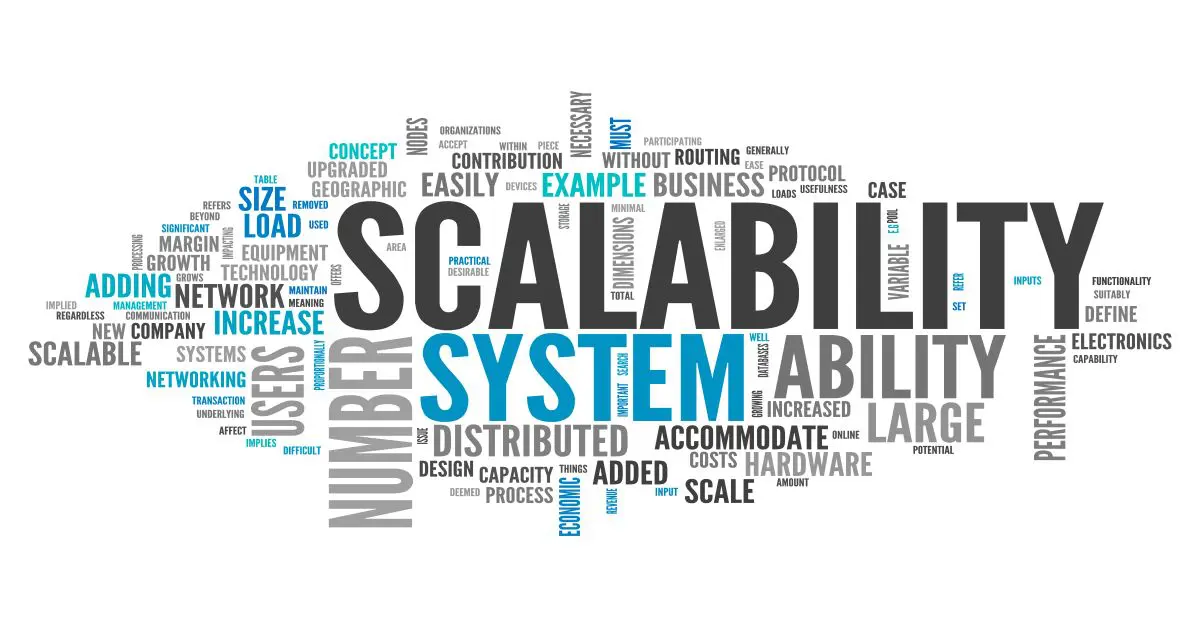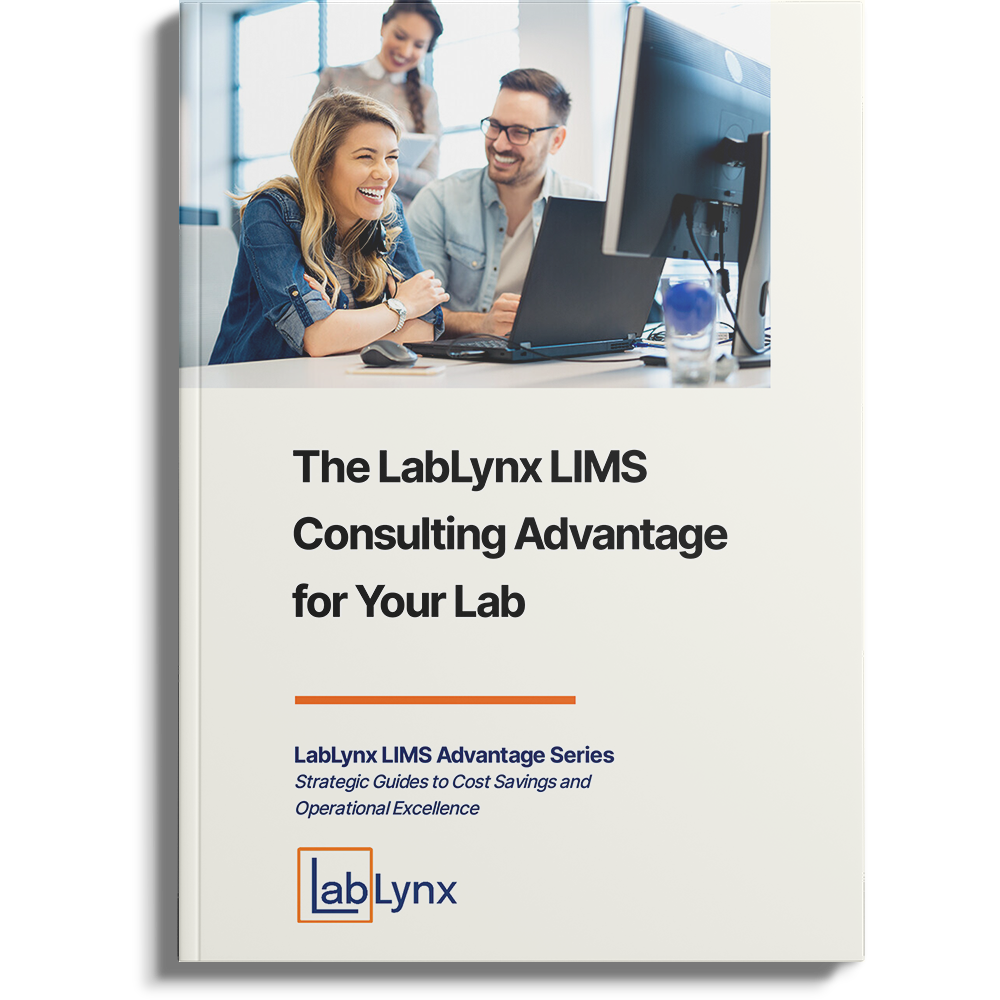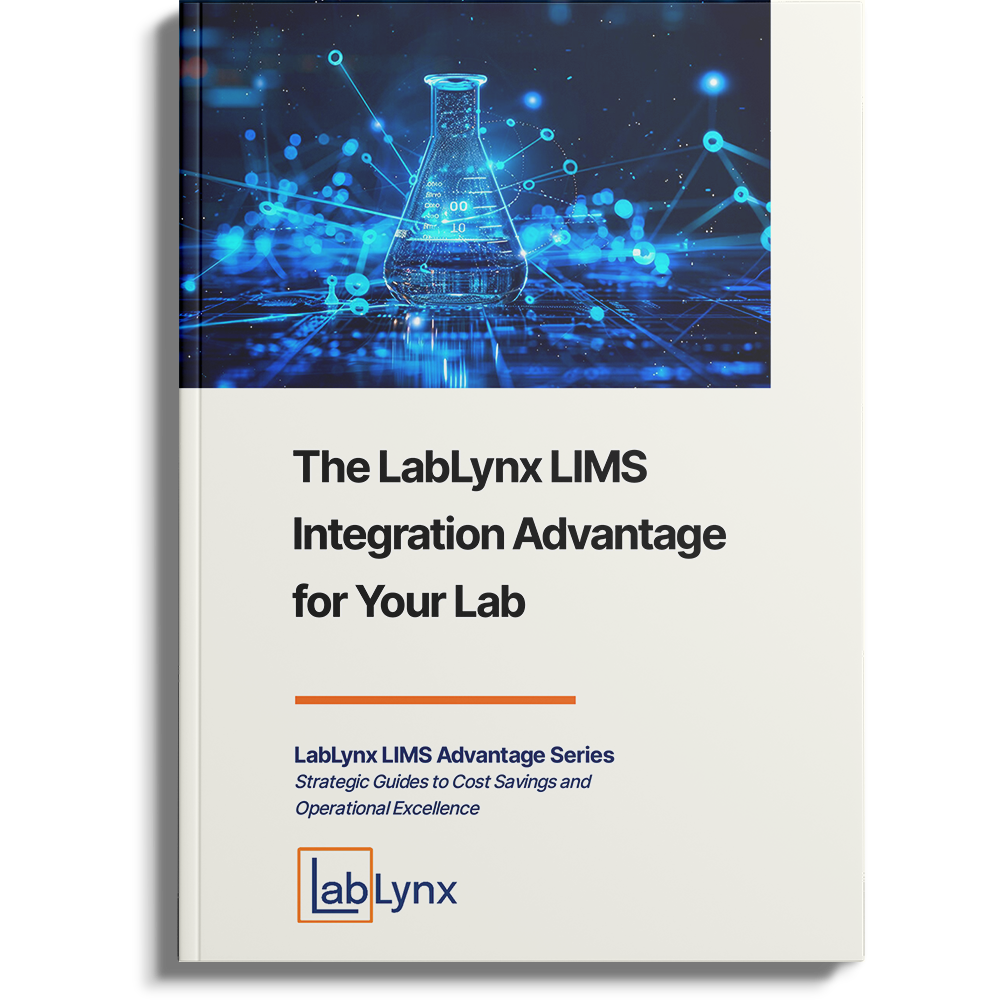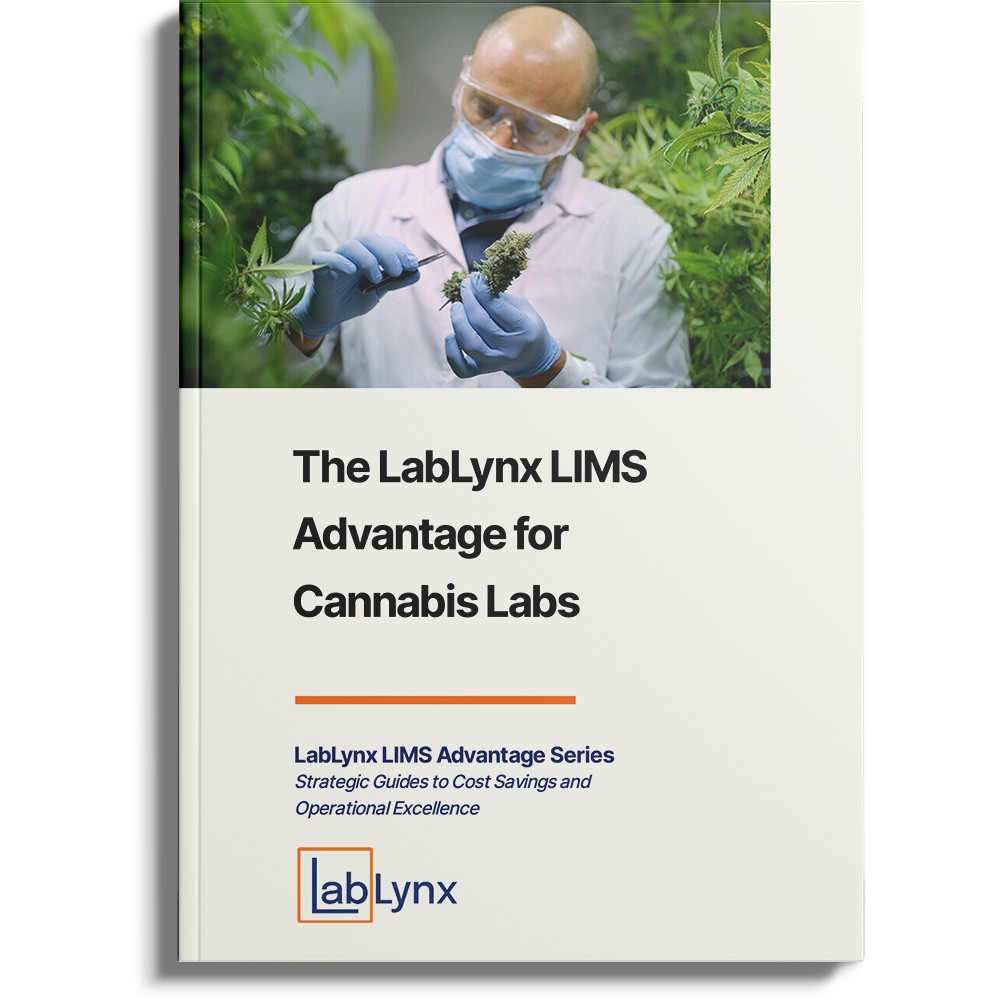
In the simplest terms, scalability means that something can be changed in size or scale. When referring to a laboratory information management system (LIMS), scalability means the system doesn’t need to be redesigned to handle the increased workload. It can evolve with a laboratory as it has an uptick in concurrent users, the need for more storage capacity, increased sample volume, or the requirement to integrate with new instrumentation or interface with new platforms. And a LIMS with scalability means the lab has no tangible evidence of a decrease in performance.
Just because your start-up laboratory currently only has two lab technicians doesn’t mean you have no desire to expand your business. You may have a business plan that calls for multiple teams of scientists working around the clock, a second lab location on the West Coast, or enterprise-level global expansion. While you may not fully understand what LIMS features may be useful down the road despite any expansion plans, addressing future growth is the main objective in choosing a LIMS software solution that offers scalability. Prioritizing scalability prepares your business for success now and in the years to come.
While future-proofing your business is important, it is not the only perk when choosing a scalable LIMS.
Benefits of a highly scalable LIMS software solution
Instead of starting out of the gate with a LIMS that is “all that and the kitchen sink,” a scalable LIMS allows your business to focus on what it needs now, with your current number of users and the right amount of functionality. This will allow your business to save money upfront and appease those decision-makers who may be apprehensive about a significant capital investment.
When you’re ready for an upgrade in features, expanded reporting capabilities, or custom workflows to support new testing, your lab team is already familiar with the current LIMS so training will not be a taxing or costly experience.
If you’ve chosen cloud-based LIMS software, increasing your storage space no longer takes weeks to upgrade. With the cloud, additional storage space is always accessible. You’ll never need to worry if you have enough memory (RAM) or need to invest in additional servers.
However, the most important benefit of a scalable LIMS is likely to be that it’s always simpler to add on to an existing LIMS as opposed to shopping around for a new one.
Types of scaling
There are two primary types of scaling:
- Vertical scaling
Also known as scaling up, vertical scaling is the system’s ability to add resources to existing operations to increase their performance and meet increasing workloads. Specifically for cloud-based platforms, vertical scaling involves adding processing power to a server to enhance its speed. There’s no change in the code. The capabilities of the server are simply resized.
- Horizontal scaling
Also known as scaling out, horizontal scaling is the ability of a system to connect multiple entities to accommodate additional workloads, such as multiple servers, new instrument/third-party integrations, or additional LIMS module implementations. All connected pieces work together as a single logical unit. This type of scaling is ideal for managing extra workloads in systems requiring lower latency (i.e., the time it takes for data to pass from one point on a network to another), enhanced throughput, and diversification of services.
What happens when a LIMS isn’t scalable?
When LIMS software has limits and can’t adapt, it becomes a barrier to productivity. The system becomes overburdened and slows down. Time-outs can become frequent and can lead to not only decreased productivity in your laboratory but potentially even the loss of data. LIMS with scalability issues can also become more vulnerable to security threats as they age.
Ultimately, your LIMS becomes extinct and you’re back on market searching for a new system. A new system means trying to migrate your data from the old one to the new one, re-training your staff, and losing additional time and resources.
When you choose a LIMS that lacks scalability, your business may also miss out on new opportunities. When the COVID-19 pandemic started in 2020, many clinical diagnostic laboratories were left scrambling for a way to manage the substantial increase in the number of patients and the number of tests they needed to conduct every day. Those labs with a scalable system were able to adapt quickly, increase staff, create new workflows, add patient portal functionality that they hadn’t previously thought they would ever need, produce new reports, and comply with ever-changing federal regulations. Those without a scalable LIMS were forced to buy additional costly LIMS that could handle specific COVID-19 requirements or turn away the extra business and lose out on the increased revenue.
The LabLynx ELab LIMS is a scalable solution
Scalability is a factor in the competitiveness and endurance of a LIMS software provider. It means that the LIMS vendor is ready to handle changing needs, increasing demands, and growing competition. By its very design, the LabLynx ELab LIMS is uniquely suited to fit any industry requirements, being highly user-configurable, flexible, and scalable, both vertically and horizontally.
LabLynx supports clients with both on-premises hosting and cloud-based hosting. On-premises hosting can limit scalability, whereas cloud-based hosting offers unlimited scalability since there are no limitations to bandwidth, storage, or computing power on a client’s on-site servers.
LabLynx’s application engineers have worked with countless customers as they have scaled up their laboratory operations, whether through an increase in users, the incorporation of a new laboratory department, the expansion to multiple laboratory sites, or adjusting their business model to take on an entirely new industry.
Dr. Stephanie Pate, Senior Applications Engineer at LabLynx, recently reflected on a water quality laboratory client that decided to add cannabis testing to their capabilities. That client’s positive experience with LabLynx and its ELab LIMS successfully demonstrates the power of scalability. “Our client reached out to me after realizing that their existing instruments, including HPLC, LCMS, and ICPMS, were capable of testing other matrices, including hemp. They wanted to expand their lab from just water quality testing and scale up their service offerings,” said Dr. Pate.
“They thought they needed to shop around and buy a new LIMS, but the flexibility and scalability of the LabLynx ELab LIMS allowed us to add a new module that could receive, track, and report out Certificates of Acceptance (COAs) to their existing system. They were relieved to know they didn’t need to find a new LIMS vendor or buy a new LIMS, and deal with the change management with their laboratory staff.”




